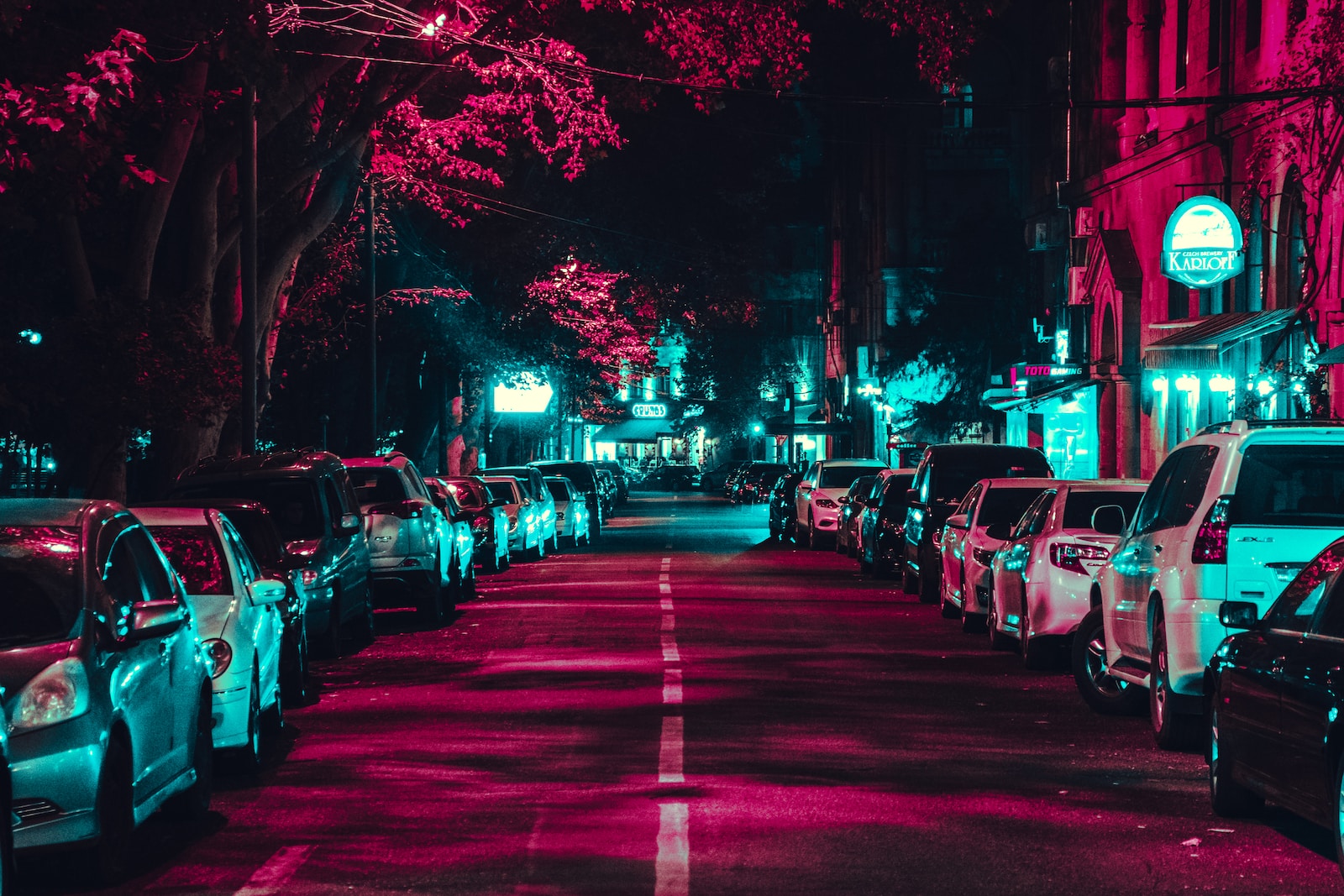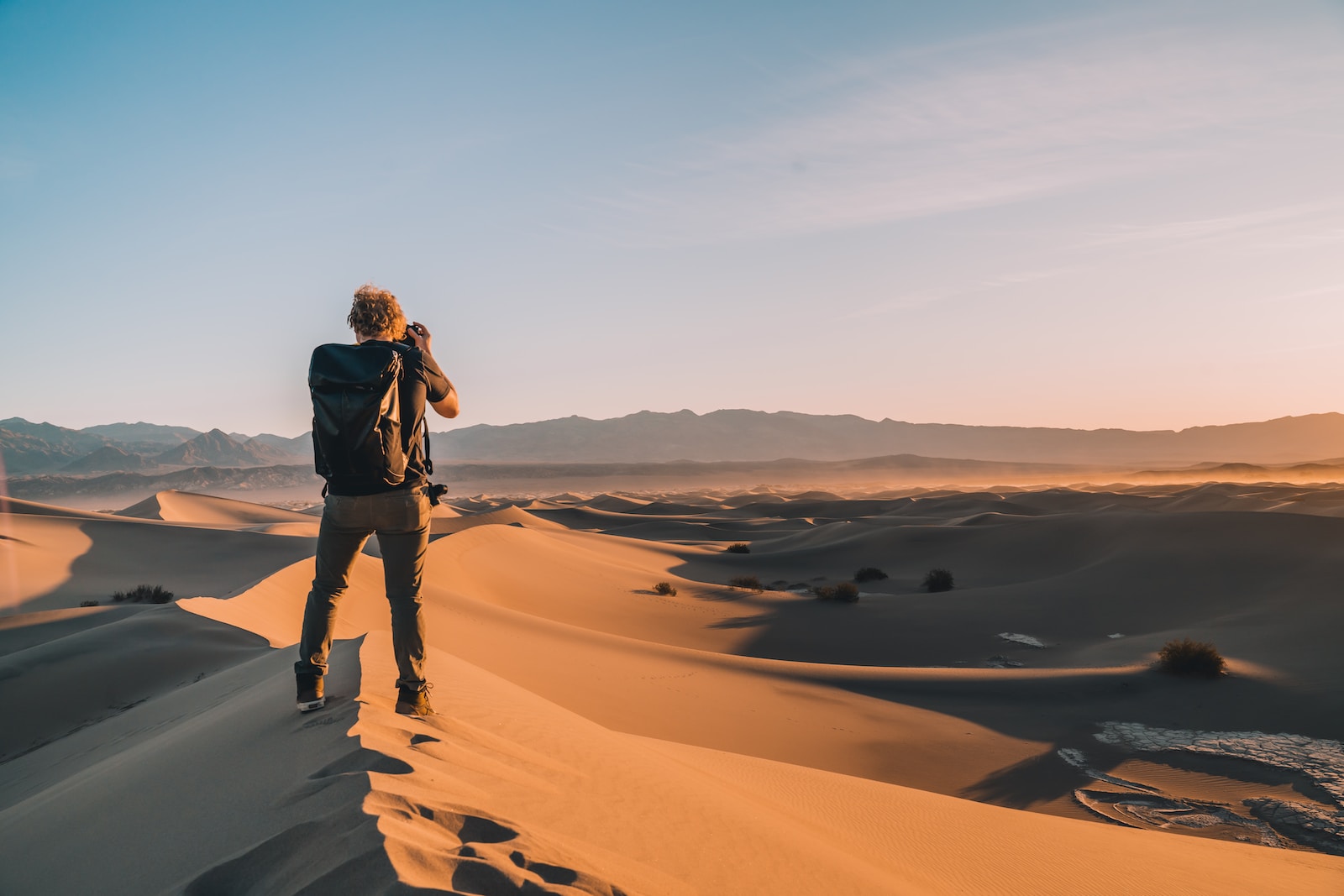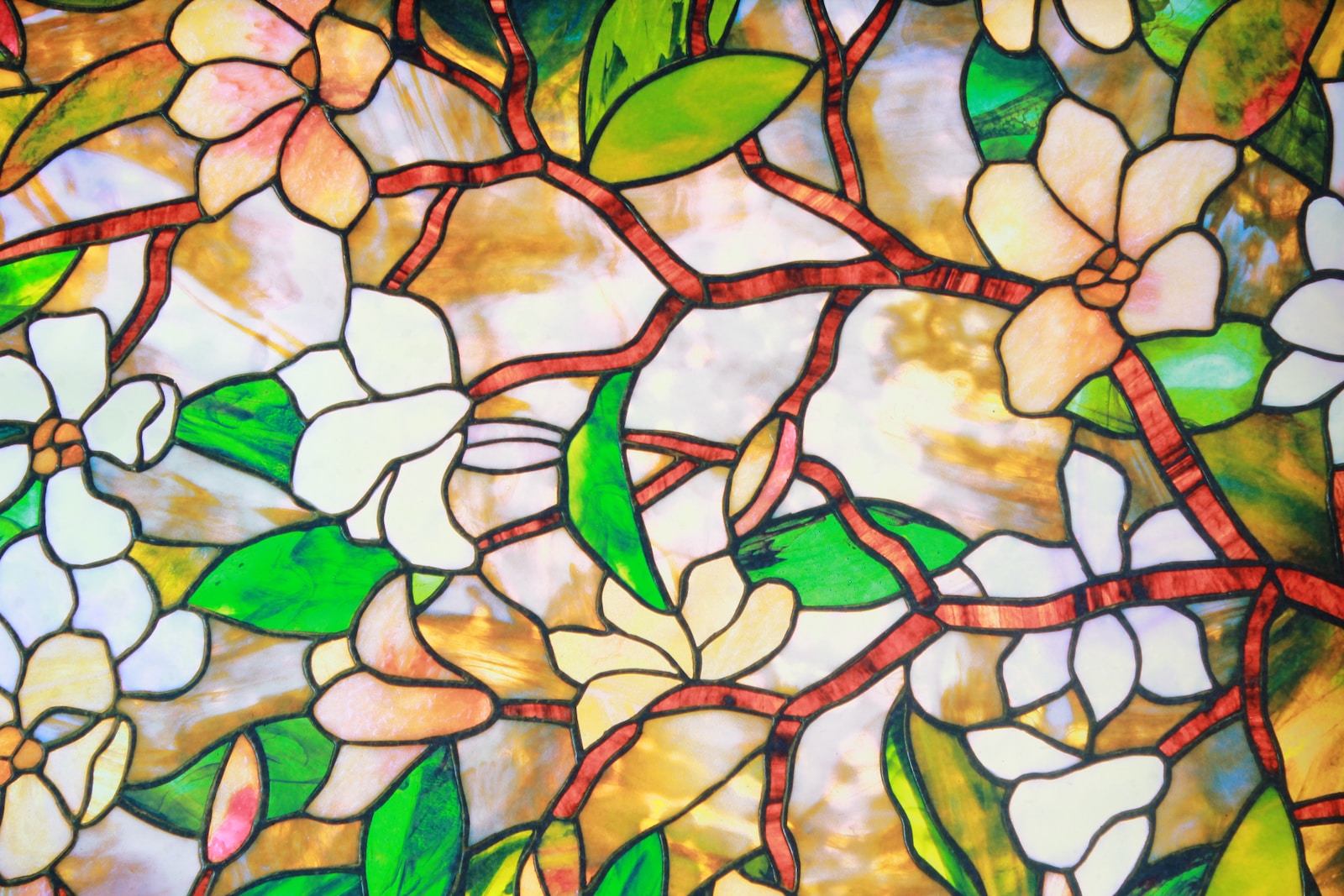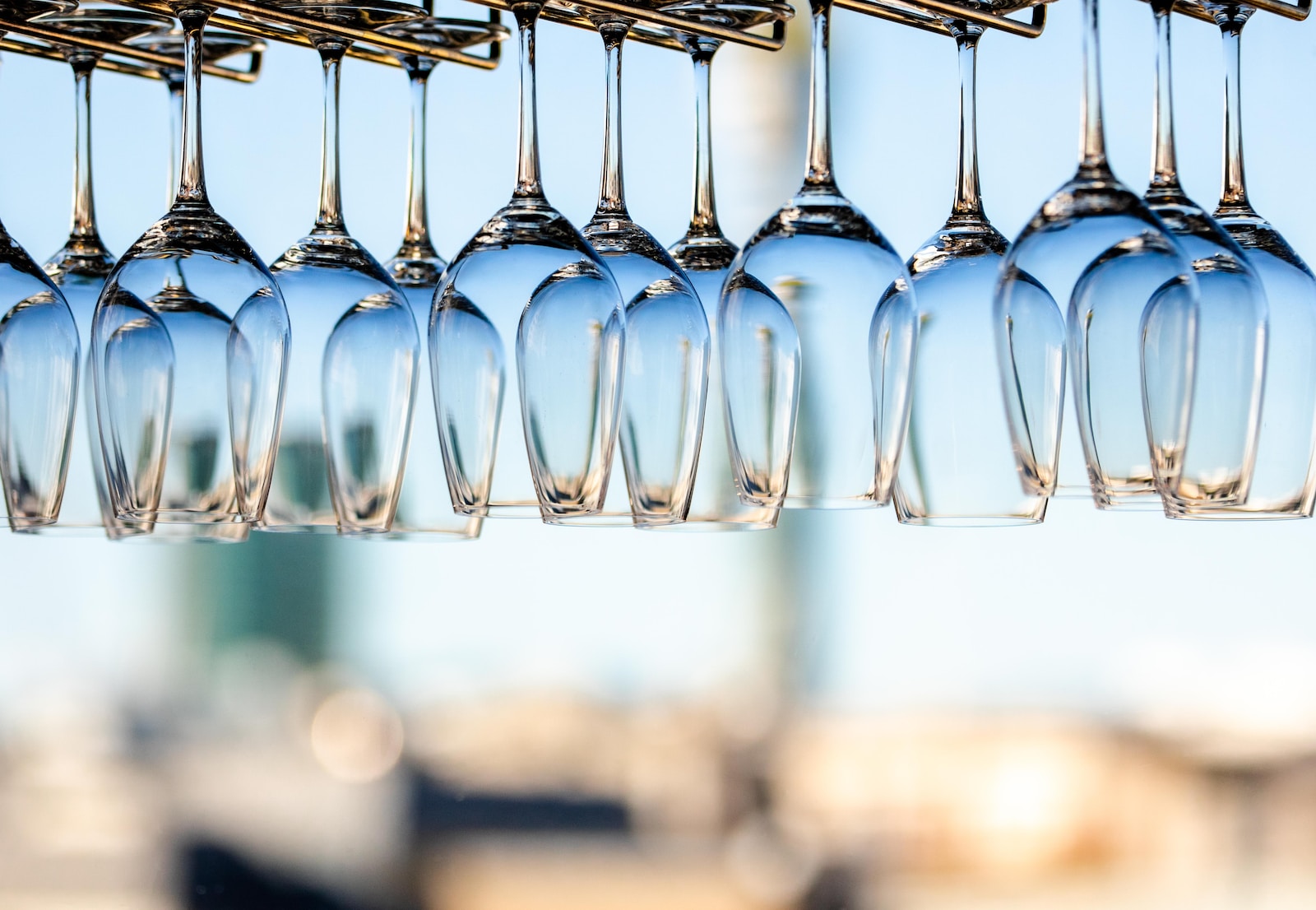Welcome to Shooting the Glow: Street Lights Photography! If you’re a photographer looking to capture the beauty of urban landscapes and the mesmerizing glow of street lights, you’ve come to the right place. This blog is designed to provide you with valuable tips and techniques on how to effectively photograph street lights, including discussions on lighting conditions, camera settings, and unique composition ideas. Get ready to take your night photography skills to a whole new level!
Table of Contents
- Understanding Lighting Conditions
- A How-To Guide: Tips and Techniques for Street Lights Photography
- Frequently Asked Questions
- 1. What is street light photography?
- 2. How do I choose the right lighting conditions for street light photography?
- 3. What camera settings should I use for street light photography?
- 4. Any tips for composing street light photography shots?
- 5. What are some unique composition ideas for street light photography?
- 6. Are there any specific post-processing techniques for street light photography?
- 7. Where can I find inspiration for street light photography?
- Wrap Up
Understanding Lighting Conditions
Before heading out to capture stunning street light photos, it’s important to understand the different lighting conditions you may encounter. Street lights can emit various types of light, such as warm yellow, cool white, or even vibrant colors. Each type of lighting will create a different atmosphere in your photographs. Pay attention to the intensity, direction, and color temperature of the street lights to effectively capture their unique glow.
Choosing the Right Camera Settings
To achieve the best possible results in street light photography, mastering your camera settings is crucial. Start by adjusting your ISO to a higher value, around 800-1600, to allow more light into your camera sensor. Experiment with different shutter speeds, depending on whether you want to freeze the motion of passing vehicles or create light trails. Aperture should be set based on your desired depth of field, keeping in mind that smaller apertures (larger f-numbers) will result in starbursts around the street lights.
Composing Unique Street Light Shots
Incorporating interesting compositions can elevate your street light photography from ordinary to extraordinary. Look for strong leading lines, such as roads or pathways, that guide the viewer’s eye towards the illuminated street lights. Experiment with different angles and perspectives to add depth and dimension to your photos. You can also play with light and shadow to create dramatic contrasts and add an intriguing element to your compositions.
Street light photography has gained popularity in recent years due to its captivating and dreamy aesthetic, as it combines the allure of the urban environment with the magical glow of artificial lighting.
Utilizing Light and Shadow
One of the key elements in street light photography is the interplay between light and shadow. The contrast created by the bright street lights against the surrounding darkness can produce captivating images. Look for interesting shadows cast by nearby objects or use buildings to block or diffuse the light for unique effects. Being mindful of the light and shadow interactions will add depth, texture, and a sense of mystery to your street light photographs.
Exploring Different Urban Environments
Every city, town, or urban area has its own architectural style and characteristics that can greatly influence your street light photography. Explore different neighborhoods, downtown areas, or even industrial zones to find unique backdrops for your shots. Pay attention to the surrounding buildings, bridges, and other structural elements that can enhance the visual impact of your street light photographs. Let your creativity roam freely and discover the beauty in unexpected places.
Post-Processing Tips for Enhancing Street Light Photos
Once you’ve captured your street light photographs, the post-processing stage is where you can unleash your creativity further. Experiment with adjusting the exposure, contrast, and color temperature to enhance the mood and atmosphere of your images. Consider adding subtle vignettes or applying selective edits to draw attention to the illuminated street lights. Don’t be afraid to experiment and find your own editing style to make your street light photos truly stand out!
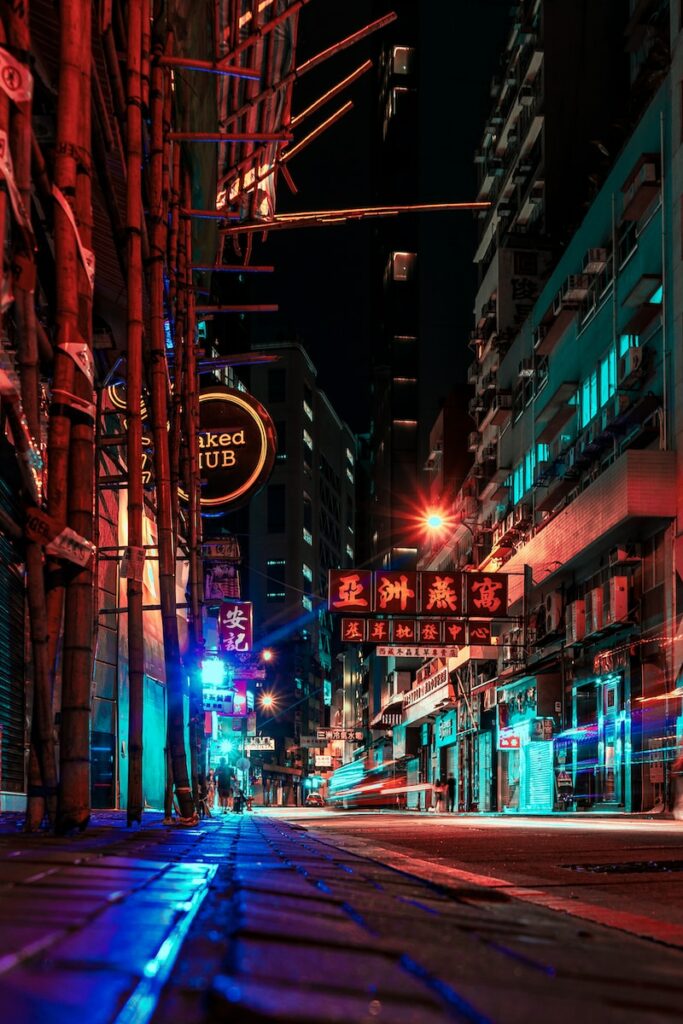
A How-To Guide: Tips and Techniques for Street Lights Photography
Street light photography is a captivating genre that allows photographers to capture the essence and beauty of urban landscapes at night. With the right techniques and a keen eye for composition, you can create stunning images that showcase the interplay of light and shadow in the cityscape. In this guide, we will delve into the essential tips and techniques to help you master the art of shooting street lights.
1. Embrace the Darkness
One of the key elements of street light photography is the contrast between light and shadow. Take advantage of the darkness by capturing the mysterious ambiance of the night. Look for interesting light sources, such as street lamps, neon signs, or car headlights, that can create dynamic compositions.
2. Find the Right Lighting Conditions
Not all street light scenarios are created equal. Experiment with different lighting conditions to get the desired effect. For instance, dusk or twilight can provide a soft, dreamy atmosphere, while rain-soaked streets can add a luminous quality to your images. Take note of the direction and intensity of the light to capture captivating shadows or highlights.
3. Master Your Camera Settings
Street light photography requires a good understanding of your camera settings to achieve optimal results. Start by shooting in manual mode, allowing you full control over your exposure. Adjust your aperture to control the depth of field and vary your shutter speed to capture movement or create long-exposure effects. Experiment with different ISO settings to balance noise levels and image sharpness.
4. Utilize Unique Composition Ideas
Don’t settle for cliché compositions when shooting street lights. Look for interesting angles, reflections, or leading lines that can add depth and visual interest to your images. Use the surrounding elements, such as buildings, bridges, or trees, to frame your shot and create a sense of context.
5. Experiment with Light and Shadow
Street lights create intriguing patterns of light and shadow. Play with these elements to add drama or intrigue to your photographs. Look for areas where the light falls in interesting ways, casting unique shapes or silhouettes, and experiment with different perspectives to capture compelling images.
6. Post-Processing for Impact
Once you’ve captured your street light photographs, fine-tune them in post-processing software to enhance their impact. Adjust the contrast and brightness to bring out the details in the shadows and highlights. Experiment with black and white conversions to emphasize the interplay between light and darkness.
Remember, street light photography is all about capturing the magical moments when the city comes alive at night. With practice and a willingness to experiment, you’ll be able to create captivating images that tell stories through the glow of street lights.
Frequently Asked Questions
1. What is street light photography?
Street light photography refers to the art of capturing images that highlight the beauty and ambiance of illuminated street lights in urban environments.
2. How do I choose the right lighting conditions for street light photography?
Opt for shooting during the golden hour, when the sun is low on the horizon, or during twilight for a stunning mix of natural and artificial light.
3. What camera settings should I use for street light photography?
Set your camera to manual mode to have control over exposure settings. Use a wide aperture (low f-stop number) to create a shallow depth of field and capture the soft glow of street lights.
4. Any tips for composing street light photography shots?
Experiment with incorporating leading lines, silhouettes, reflections, and shadows created by the street lights to add depth and interest to your compositions.
5. What are some unique composition ideas for street light photography?
Try capturing the symmetry and patterns created by rows of street lights, or use the lights as a backdrop to frame interesting subjects or architectural elements.
6. Are there any specific post-processing techniques for street light photography?
During post-processing, you can enhance the warm tones and contrast in your street light images, as well as play with curves and levels to create a desired mood or atmosphere.
7. Where can I find inspiration for street light photography?
Browse online photography communities, Instagram hashtags, and photography books to discover the works of other photographers and get inspired by their street light compositions.
Wrap Up
In conclusion, street lights provide a captivating and ethereal glow that can elevate your photography to new heights. By understanding the lighting conditions, adjusting your camera settings, and experimenting with composition, you can create stunning street lights photography that captures the essence of urban landscapes.
Remember to observe the interplay between light and shadow, and embrace the unique atmosphere that night photography offers. Whether you’re capturing deserted alleys bathed in the warm glow of street lights or bustling city streets illuminated by neon signs, the possibilities for creative street lights photography are endless.
Are you inspired to try shooting the glow of street lights? Share your experiences and tips in the comments below. Let’s continue the conversation and support each other’s growth as photographers.
